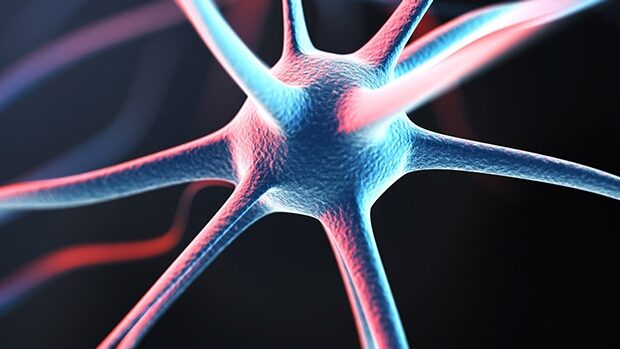Using supercomputers to simulate brain activity
The Hartree Centre’s computational capabilities are assisting Erasmus MC’s BrainFrame project in the development of an automated framework for highly detailed, real-time brain models and simulations.

Challenge
Computational neural models are a critical part of the quest to unravel brain function. Boosted by the ever-increasing power of modern computing platforms, in-depth simulations of the brain are beginning to show promise. Current software-based model methodologies attempt to exploit the power of CPU-based supercomputers. Although development times are short, these models have many limitations. Performance gains are limited, and the method suffers from staggering energy bills, prohibitive simulation latencies due to the massive cell populations being modelled, and there are poor interface possibilities with experimental systems. Some researchers have turned to FPGAs – a type of hardware that can be programmed by the user after manufacture and deployment into the field – for added performance in brain modeling with encouraging preliminary results, but these efforts have focused mainly on fragmented or simple-cell models, which lack a holistic approach. Existing FPGA-programming tools also fail to provide scalable solutions with high performance. Consequently, they can miss the “big picture”, limiting their usefulness.
Approach
The BrainFrame project aims to provide a novel framework for large-scale, highly detailed, realtime neuronal simulations that runs significantly faster – and at a lower cost – than the current standard. Scientists will apply a careful combination of the Python-based neuromodeling language PyNN, established in the Horizon2020 Flagship Human Brain Project, and the unprecedented high performance of the Maxeler MPC-X2000 system at the Hartree Centre.
Benefits
The Eramus MC team will deliver highly scaled up versions of its in-house models (which consist of millions of neurons), provide energy efficiency estimations and carry out long-term brain simulations in order to better understand its inner workings, as well as improve the stability and accuracy of existing brain models. The current time-consuming nature of brain simulations greatly impedes the frequency of important breakthroughs in the field of neuroscience, so the simulation paradigms being used at the Hartree Centre can immensely speed up this process. Depending on the complexity of the models, simulations can provide insights ranging from single-cell behavior to network dynamics of whole brain regions without having to perform real-life experiments. The research achieved through BrainFrame will accelerate brain exploration and enhance scientific knowledge in neuroscience and in general medicine. It could also contribute to the advancement of implantable devices for brain rescue and artificially intelligent control of prosthetics.
Join Newsletter
Provide your details to receive regular updates from the STFC Hartree Centre.
